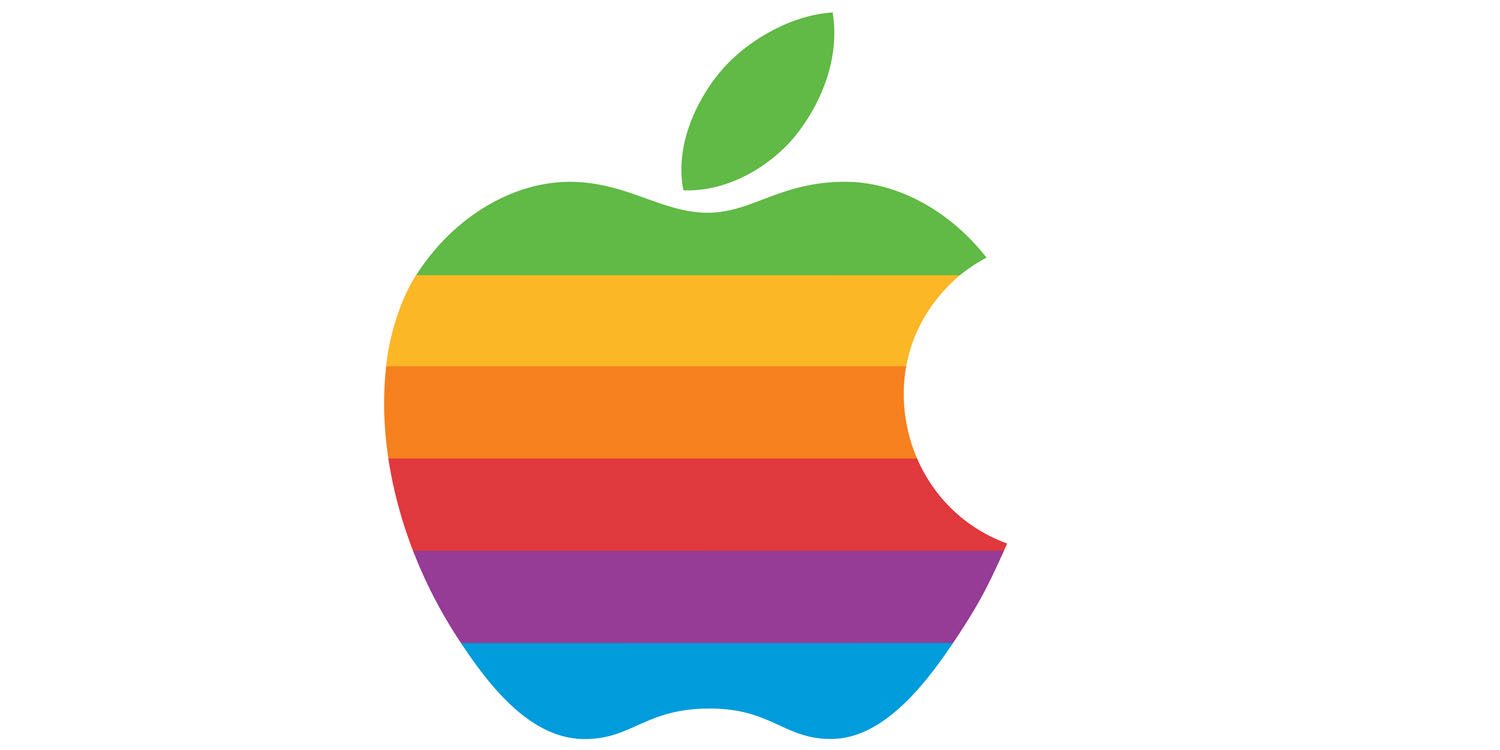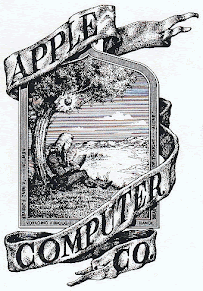Most of our business and personal lives are rooted in our access to technology. From personal access to the web, alongside business platforms, third-party providers and apps, technology drives much of what we do on a daily basis—and there is only growth on the horizon. Here are some crucial statistics and technology facts you need to know.
Changing fonts can save printer ink
100 Best Selling Cell Phone and Accesories On AmazonEmail existed before the world wide web
92 per cent of the world's currency is digital
The first Apple logo isn’t what you would think.
The first logo of Apple only survived for one year before Steve Jobs asked the talented artist Rob Janoff to create something more modern and representative for Apple.
The final logo, designed by Ronald Wayne and Steve Jobs, illustrated Sir Isaac Newton under an apple tree, and for the background, it had a poem written on the side of the drawing.
The quotation by Wordsworth that was also inscribed into the logo said: “Newton… a mind forever voyaging through strange seas of thought.”
The Apple Logo: How Did It Become An Iconic Image Of The Company?
The iconic Apple logo, the bitten apple that we all know and love, can now be found on all the company’s products.
This apple was created by Rob Janoff in the ’70s.
According to Rob, the reason Steve Jobs wanted the apple to have a bite mark in it, was so that no one would mistake the apple for a tomato.
You can also look at the bite as a clever play on words.
Instead of spelling it B-I-T-E, you can spell it B-Y-T-E, as in the measurement for digital storage.
It is, of course, a strong reference for a tech company.
The Rainbow Apple Logo
So soon after they retired good old Isaac Newton and the weird first logo, the first iconic version of the bitten apple was presented as a rainbow-striped apple.
This Apple logo represented the company between 1976 and 1998.

Rob Janoff explains why Jobs opted for the rainbow in one of his interviews.
Once the personal computer Apple II was launched, it was the first computer ever that could display colors on the screen.
A huge win for Apple and for all of humanity.
We come a long way since then, huh?
Crazy to think that it wasn’t even that long ago that we didn’t have computers that displayed colors!
The representatives of the company wanted to make this fact known by all, thus was born the rainbow apple.
Also, the colors were also an attempt to make the logo more accessible and to attract the young generation.
The name for “robot” has dark origins.
But have you ever wondered where the word "robot" comes from?
It traces its roots to the Czech word "robotnik, which means "slave," according to the Online Etymology Dictionary. "Robotnik" comes from "rabota," the Old Church Slavonic word for servitude.
In English, the word "robot" first appeared in a translation of Czech playwright Karel Capek's 1920 sci-fi drama "RUR," or "Rossum's Universal Robots." In his play, Capek describes a company that manufactures and sells workers that look and act like humans, but lack souls.
"The Robots are not people. Mechanically they are more perfect than we are, they have an enormously developed intelligence, but they have no soul," says the play's human protagonist, Harry Domin. (His surname, it's worth noting, is also a Latin prefix meaning "master.").
In Capek's story, the intelligent servants rebel against their human masters. It's a tale that's been echoed again and again as artists and writers grapple with rapid technological change. Books and films like "Frankenstein," "Do Androids Dream of Electric Sheep," "i, Robot" and "2001: A Space Odyssey" all depict mechanical beings struggling to throw off the yoke of human mastery.
These books and films express the deep, nagging human fear that our uniqueness, and our dominance, will be threatened by our own creations.
We fear, in other words, the battle cry of the robot Radius in Capek's play: "You will work! You will build for us! You will serve us!"
A Petabyte is a lot of data.
We all know 1 GB is the same as 1024 MB, but did you know that 1 petabyte (PB) is equivalent to 1024 terabytes (TB)?
To give an example of how big this is, a 1 PB hard drive could hold 13.3 years of HD-TV video.
A 50 PB hard drive could hold the entire written works of mankind, from the beginning of recorded history, in all languages.
Megabytes used to weigh hundreds of pounds.
More specifically, 5 megabytes of data weighed one ton.
In 1956, the first computer had something similar to a hard drive.
At the time, it was a huge leap in storage capabilities, but the cabinet that contained the hard drive weighed over 2,200 pounds and could hold 5 MBs of data.
Alexa is always listening to your conversations.
This probably isn’t new to you. Siri has been doing it forever.
Alexa stores your dialogue history to its cloud to help improve your Alexa experience.
But, you can review and delete these recordings, either in bulk, or individually.
There’s a name for when you feel your phone vibrate… but it doesn’t.
This is my favorite tech fact on this list!
“Phantom Vibration Syndrome” is the name for when someone thinks their phone is vibrating, but it isn’t.
Research suggests the cause for this is someone being over-involved with their phone.
Nearly one third of divorces are because of Facebook.
33% of divorced couples have stated Facebook was a reason for the break up.
Some of these more specific reasons are things like inappropriate messages to other people, it causes couples to fight, secret social media accounts, and doubting the relationship.
Marriages today can end for various reasons such as lack of affection, infidelity or the couple simply growing apart. However, as technology begins to grow and advance as years pass, it slowly begins to enter our personal lives. For example,
shopping has become easy with such websites as Amazon or eBay and social networking sites Facebook and Twitter have made it easier to befriend people without having to leave the comfort of our homes. However, Facebook, according to a 2011 survey by DivorceOnline.com, is responsible for almost one-third of all divorces. Why is that so?
Millions of hours of TV and movies are watched every day on Netflix.
Of course Netflix is a massively popular company, so it’s not that big of a surprise.
The world spends about 164 million hours every day streaming Netflix, which is equivalent to 18,812 years’ worth of TV and movies every 24 hours.
Now my binge-watching habits don’t seem so bad!
If you’re enjoying these technology facts so far, you may also like to know about the Netflix & Chill button.
Digital music sales surpassed physical sales in 2014.
Since mp3 players arrived, the digital music sales have been slowly rising.
Once Spotify came out in 2008, it seemed the age of physical music was over.
In 2014, the download sales and subscriptions made $6.85 billion, while physical sales were just barely under it at $6.82 billion.
Also, did you know that people are listening to music now more than ever?
In 2015, the average American spent about 24 hours per week listening to music.
As of 2017, that number rose to an average of 32 hours per week.
Millions of tons of technology are thrown out each year.
Specifically, 220 million tons of old computers, along with other devices, are thrown away every year in the U.S. alone.
We’ve come to the end of these 100 technology facts, did you learn something new? We certainly did!
If you’d like to learn more facts about technology, you can see more over on our tech category.
Do you have any other technology facts that have blown your mind?
What’s your favorite tech fact in this list? Let us know in the comments!













